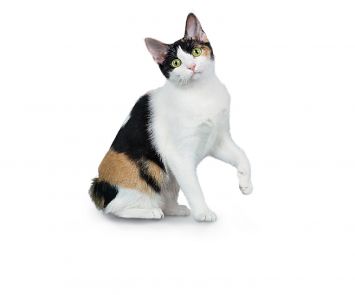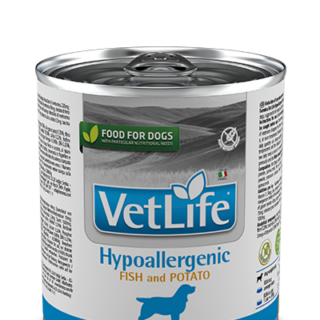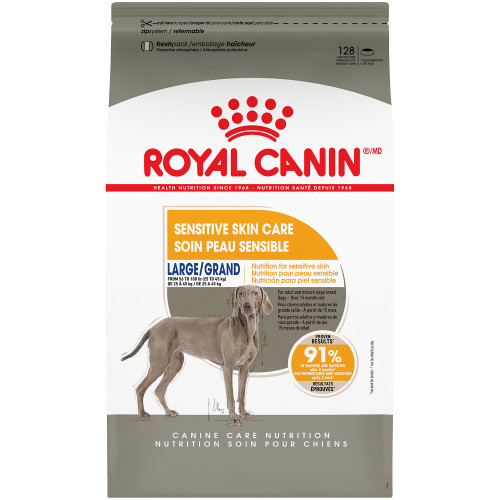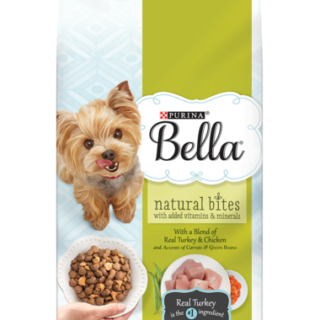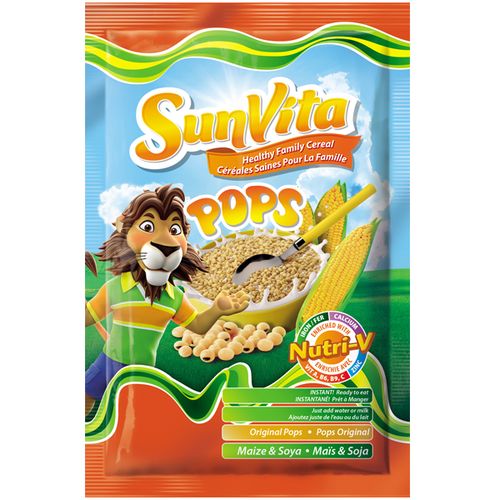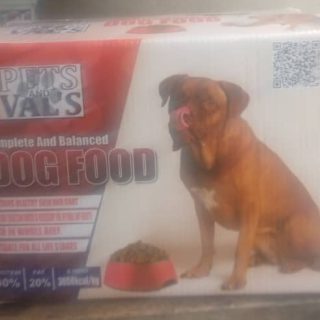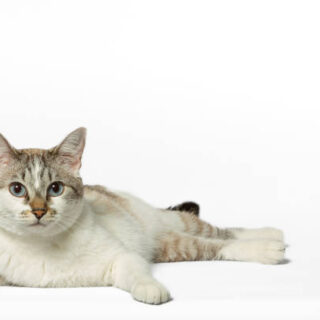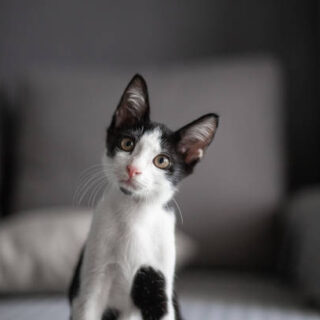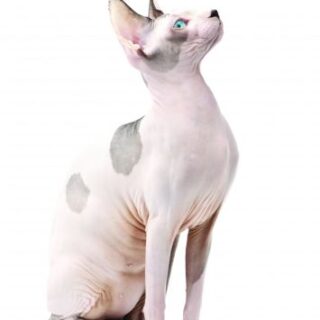Japanese Bobtail
The Japanese Bobtail presents the overall impression of a medium-sized cat with clean lines and bone structure, well-muscled but straight and slender rather than massive in build. The unique set of this cats eyes, combined with high cheekbones and a long parallel nose, lend a distinctive Japanese cast to the face.
The short tail resembles a bunny tail with the hair fanning out to create a pom-pom appearance, which effectively camouflages underlying bone structure of the tail. Overall type, composed of balance, elegance, and refinement is essence of Japanese Bobtail breed.
Personality
As elegant and clever as a Haiku, Japanese Bobtails are living works of art with their sculptured bodies, pert bobbed tails, alert ears, and large window-to-the-soul eyes. But theyre not just for admiring; they also possess a personality that will make you purr. Bobs make outstanding companions.
Fearless and fierce as samurai warriors when on the hunt for a roving rodent or catnip mouse, Japanese Bobtails nevertheless passionately adore their human families and spend much of their waking hours at their favorite humans side, chirping quiet queries and sticking curious noses into everyones business.
Physical Attributes
Body
Medium in size, torso long, lean, and elegant, not tubular, showing well developed muscular strength without coarseness. No inclination toward flabbiness or cobbiness. General balance of utmost importance. Neck neither too long nor too short, in proportion to the length of the body.
Head
Long and finely chiseled, head forms almost a perfect equilateral triangle (does not include the ears) with gentle curving lines, high cheekbones, and a noticeable whisker break; the nose long and well-defined by two parallel lines from tip to brow with a gentle dip at, or just below, eye level. Muzzle fairly broad and rounding into the whisker break; neither pointed nor blunt. Chin full, neither undershot nor overshot.
Ears
Large, upright, and expressive, set wide apart but at right angles to the head rather than flaring outward, and giving the impression of being tilted forward in repose.
Eyes
Large, oval rather than round, but wide and alert; set into the skull at a rather pronounced slant when viewed in profile. The eyeball shows a shallow curvature and should not bulge out beyond the cheekbone or the forehead.
Legs & Paws
Legs in keeping with the body, long, slender, and high, but not dainty or fragile in appearance. The hind legs noticeably longer than the forelegs, but deeply angulated to bend when the cat is standing relaxed so the torso remains nearly level rather than rising toward the rear. When standing, the cats forelegs and shoulders form two continuous straight lines, close together. Paws oval. Toes five in front and four behind.
Tail
Tail is unique not only to the breed, but to each individual cat. This is to be used as a guideline, rather than promoting one specific type of tail out of the many that occur within the breed. The tail must be clearly visible and is composed of one or more curves, angles, or kinks or any combination thereof.
The furthest extension of the tail bone from the body should be no longer than three inches. The direction in which the tail is carried is not important. The tail may be flexible or rigid and should be of a size and shape that harmonizes with the rest of the cat.
Color
No color or pattern is preferred over any other. In the dominant colored bi-colors and tri-colors (Ml-KE) any color may predominate with preference given to bold, dramatic markings and vividly contrasting colors.
In the dilute colored bi-colors and tri-colors (MI-KE), any color may predominate, with preference given to soft, muted markings and gently contrasting colors.
In the solid color cat the coat color should be of uniform density and color from the tip to the root of each hair and from the nose of the cat to the tail. Nose leather, paw pads, and eye color should harmonize generally with coat color.
Blue eyes and odd eyes are allowed. All colors with the exception of those showing evidence of hybridization resulting in the colors chocolate, lavender, point restricted (i.e. pointed pattern) or unpatterned agouti (i.e., Abyssinian coloring) or those colors with white.
Coat: Long Hair
Longhair: length medium-long to long, texture soft and silky, with no noticeable undercoat in the mature adult. Frontal ruff desirable. Coat may be shorter and close lying over the shoulders, gradually lengthening toward the rump, with noticeable longer hair on the tail and rear britches. Ear and toe tufts are often present
Coat: Short Hair
Shorthair: medium length, soft and silky, but without a noticeable
undercoat.

